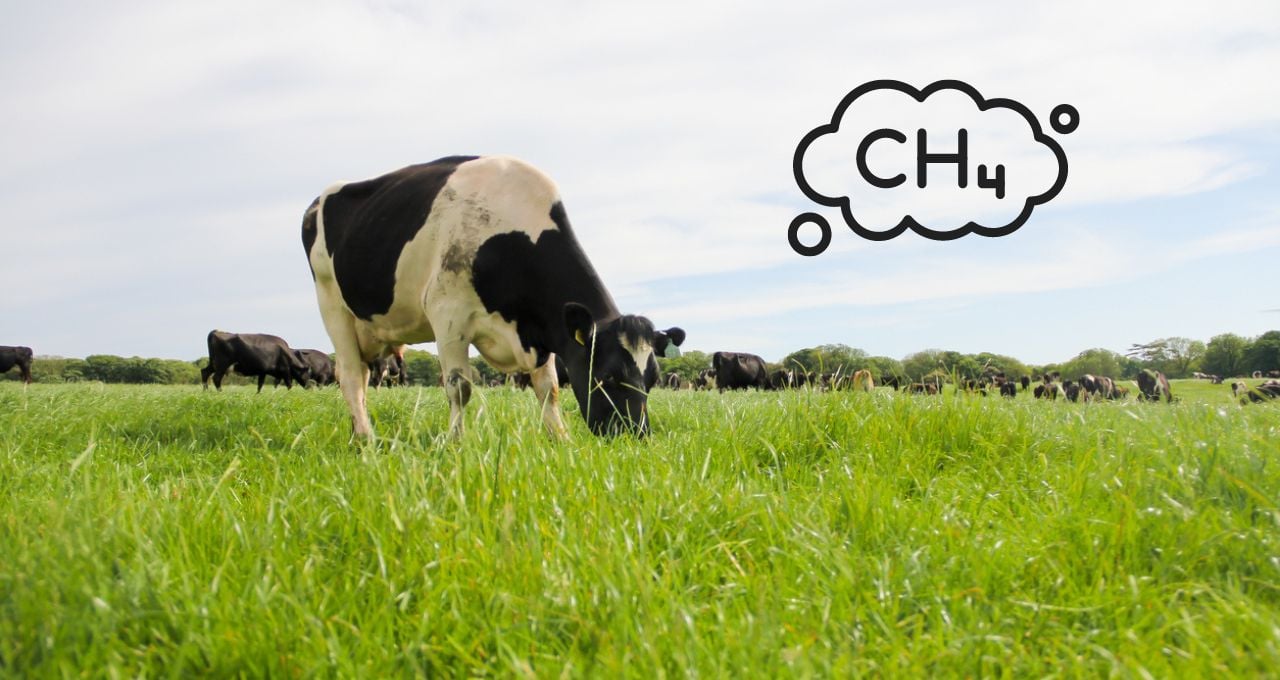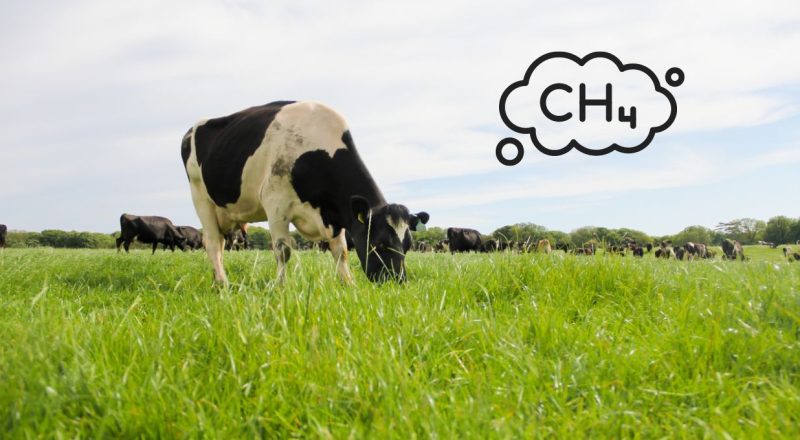
By 2025, Brazil has committed to reducing its GHG emissions by 48% and 53% by 2030; get to know the biggest methane emitters (Photo: iStock.com/Eileen Groome – Montage: Money Times)
The Climate Observatory's Greenhouse Gas Emissions Estimation System indicates that Brazil emitted 20.577 million tons of methane. Of this total, the agriculture accounted for 75.3% (15.5 million tons) of the country's emissions, with the waste sector in second place among the largest emitters, at 15.3%.
Methane is one of the main greenhouse gases, along with carbon dioxide (CO2), nitrous oxide (N2O), ozone (O3) and chlorofluorocarbons (CFCs). Methane is second only to CO2 as the main cause of the greenhouse effect. Methane is emitted from enteric fermentation, which is a natural part of the digestion process in ruminant animals.
Among the countries that emit the most methane, according to 2021 data, are:
- China
- USA
- India
- Russia
- Brazil
“China is responsible for 14% of global emissions, while Brazil is responsible for 5.5%. Here in Brazil, of the 75.3% of emissions from agriculture, 82% come from beef cattle, followed by almost 10% from dairy cattle and 3% from pigs, mainly from the treatment of these animals’ waste, and rice with 2.4%,” says Renata Potenza, a Climate Science specialist at the Institute of Forest and Agricultural Management and Certification (Imaflora).
By 2025, Brazil has committed, through its NDC (Nationally Determined Contribution), to reduce its GHG emissions by 48% and 53% by 2030. By 2025, the world expects to achieve climate neutrality, that is, a balance between emissions and absorption of gases. As for methane, Brazil and other signatory countries have committed to reducing methane emissions by 30% by 2030. In addition to these two commitments, the country has the ABC+ Plan for low-carbon agriculture.
How can we reduce methane emissions?
According to the Imaflora specialist, there are direct and indirect solutions, which involve the NDC targets, for reducing GHG emissions. Among them:
- reduction in the time taken to slaughter animals (currently, for cattle, the average time is 36 months, which can be reduced by up to 8 months)
- animal genetic improvement
- use of additives and better supplementation of the animal diet
“When we think about other gases, which directly contribute to the reduction of methane, there is recovery of degraded pastureswith the recovery of these soils being essential to reduce our emissions and increase our removal of carbon from the soil. In addition, there are practices such as crop rotation, inclusion of trees in production systems and implementation of agroforestry systems (SAF)”, he adds.
